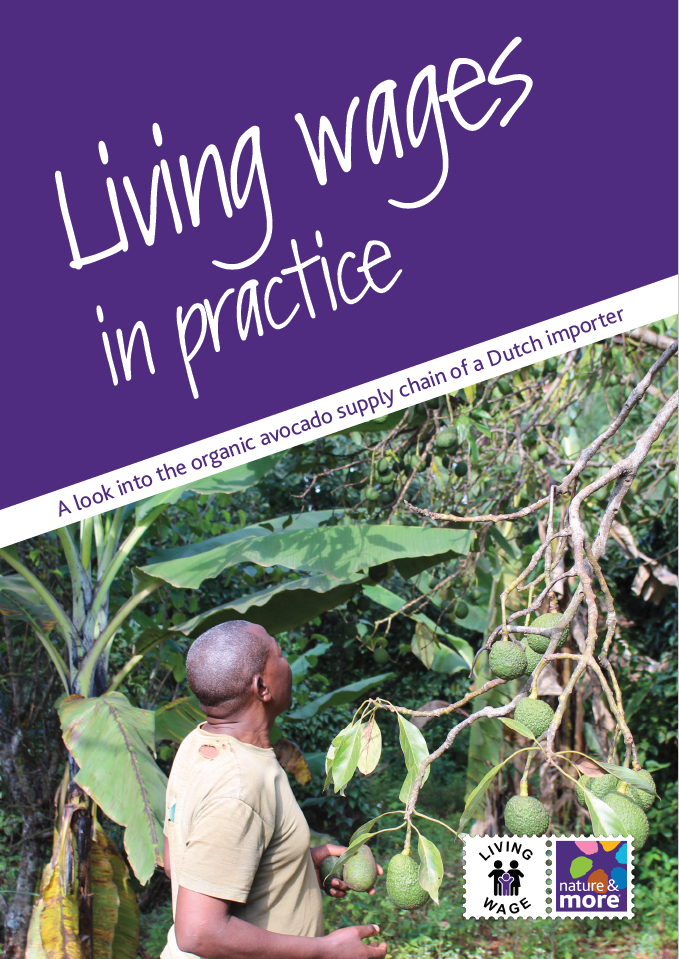The idea of a Living Wage is that workers and their family should be able to live a decent life with the remuneration they receive. Thus, a Living Wage should do more than simply keep workers and their families out of poverty. It should allow them to take care of themselves and their family members, both in terms of housing, food and healthcare.
Up until 2018, most research into Living Wages has been very in-depth and elaborate. From a corporate point of view, conducting an elaborate social impact study on wages for every product that’s being traded is not feasible. Therefore, our Pilot aimed to explore the possibilities of assessing Living Wages in a relatively quick though accurate manner. It explores Living Wages from a corporate perspective, in the supply chain of Eosta.
Partnership
Eosta is a member of the SIFAV platform, an initiative from IDH (Initiative for Sustainable Trade). It aims for 100% sustainable sourcing by 2020. One of the focus areas of this initiative is the working conditions and livelihoods of farmers: this initiated the dialogue about living wages. In close collaboration with IDH and Hivos we started looking into the Kenyan organic avocado supply chain.
Results
The research pilot shows that not all organic avocado farmers are currently earning a living income with the sales of the avocados. The ‘wage ladder’ below shows the farmers income per day. Right now, 21% of the farmers whom the exporter works with can earn a living income from avocados. These farmers are ranked as ‘extra-large’ farms and together produce the majority of the avocado's. However, most farmers belong to the ‘small’ or ‘medium’ sized farm, with production levels between 1.000 and 10.000 pieces of fruit a year.
Lessons learned
- Living income is considerably harder to assess than living wage. As the income is dependent on many different factors it is rather difficult to quickly assess whether the average farmer earns enough for a decent life. This seems to be an area where further research is needed.
- Furthermore, living income cannot be discussed without taking the context of the economic market into account. If quality and efficiency are not up to international standards, it becomes almost impossible for farmers to earn a livable income.
- We designed a ‘quick assessment’ tool (p. 34 of the report) with the key questions per stakeholder to collect the right wage information. This tool should help us with getting an overview of current wages (and gaps) for the different suppliers we work with.
- Improving wages or income is not as simple as just increasing prices. In order to increase prices at farmer level in a sustainable manner, the different stakeholders throughout the supply chain need to be willing to pay a premium. In this case, transparency throughout the supply chain is an important first step to living wages.
- An important next step is to communicate the results of this study with the different stakeholders involved in this specific supply chain. We can use the acquired knowledge to start a dialogue with both the exporter and packaging business as well as the farmers.




